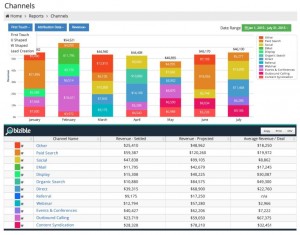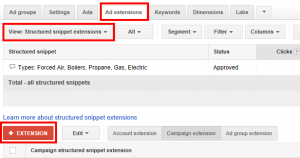— July 12, 2017

Alexas_Fotos / Pixabay
The average adult has to make about 35,000 decisions each day. What to wear, which route to take to work, where to buy coffee—these are just the start, and usually the easiest.
So you can imagine the last thing someone wants to face when they open a cold email from you is a complex choice. As a salesperson, your job is to make their decision to respond as easy as possible.
The simplest and most effective way to do this is to appeal to your potential customer’s most basic human instincts: desire, curiosity, and fear. Of all the emotional triggers out there, these three can create a strong sense of urgency and increase the chances of someone responding to your email.
Of course, this is easier said than done. In the span of a single cold email, you have to trigger those instincts and, at the same time, communicate that you understand the customer’s wants, needs, and worries, and can deliver the solution: you.
I’ve used these tactics to triple the sales appointments booked for hundreds of business-to-business companies. Here are three tips to help you do the same:
1. Desire
Every business wants to grow and succeed. Your email can appeal to this by offering the promise of serious and direct business value. Your messaging should address, quickly and believably, exactly how your prospective customer will benefit from your product or service, and it should do so in a manner that inspires them to respond. There are two approaches you can take:
The first is to demonstrate value by providing clear and tangible examples, or social proof, of how your service or product delivers results. This is especially effective if you can use actual numbers to demonstrate success with a competitor. For example: “By increasing [Client]’s response rate from 22% to 40%, we were able to double their net revenue.”
Alternatively, you can reframe your product features as customer benefits. This is a good approach if you are new to the scene or unable to reference your clients by name: “Our email campaign service has helped many other small businesses increase brand credibility and gain more followers and website traffic.”
2. Curiosity
Intrigue is a powerful tool that can also be a lot of fun to use. If your email hints at a solution to a potential customer’s pain point or particular need, their desire to know the full story should override any hesitation to respond to your email.
For example, you might inform the buyer you have an idea or strategy that will make a significant difference to an aspect of their business. Remember, you are trying to keep their curiosity peaked, so this should just be a teaser, something that will induce them to follow up. You might try something like: “I have an idea that could generate hundreds of highly qualified leads for [Company]’s sales team. I’d love to share it with you.”
You can also offer tips that helped other clients or advice about getting ahead of competitors. Your email could ask, “We helped [your competitor] increase their sales revenue by 63% last year. Want to see if {!Company} can achieve similar results?”
3. Fear
Fear is probably the most powerful way to introduce urgency and inspire a potential customer to action. However, it’s important to apply subtlety over aggression. You don’t want to terrify your potential clients; you just want to address their concerns. Research specific issues at play within their industry, introduce anxiety, and then end on a positive note by offering a solution.
Instead of writing, “Data hacking will destroy your business if you don’t do something now,” try an approach with less fire and brimstone: “Data hacks have increased tenfold in the past two years, making it more important than ever to protect your data.“
Digital & Social Articles on Business 2 Community
(64)
Report Post







